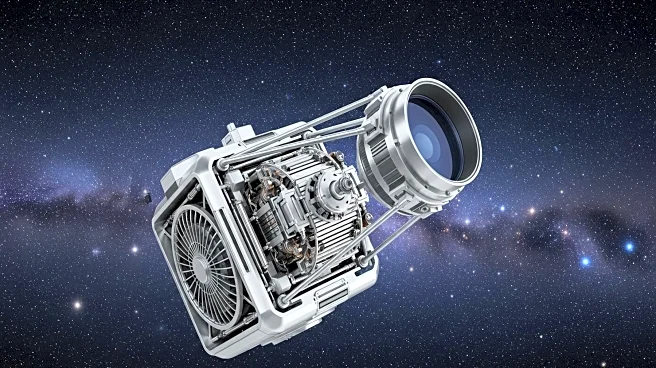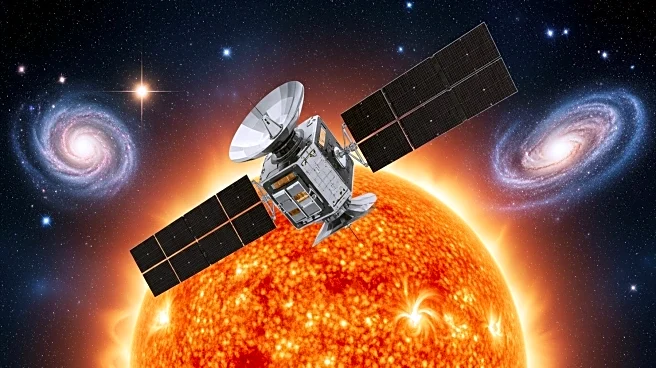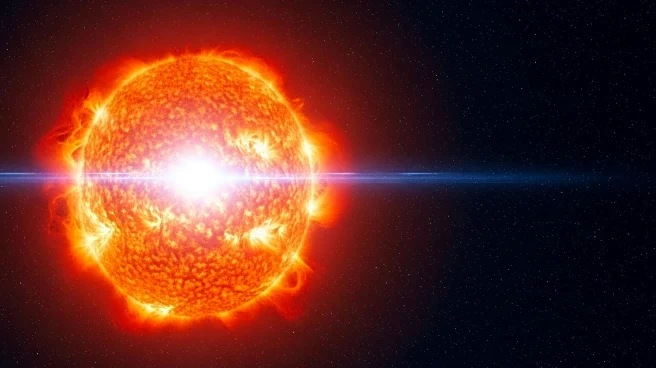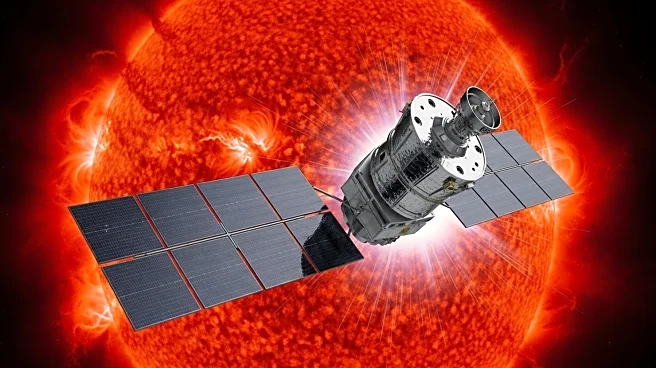What's Happening?
A new study led by Alexander Russell at the University of St Andrews has found that ions in solar flares can reach temperatures exceeding 60 million degrees Kelvin, much hotter than electrons. This discovery challenges previous assumptions that electrons and ions quickly share energy and settle to a common temperature. The findings suggest that magnetic reconnection preferentially energizes ions, leading to broader spectral lines that were previously attributed to turbulence.
Why It's Important?
Understanding the temperature dynamics of solar flares is crucial for predicting their impact on Earth's atmosphere and technology. The discovery of hotter ions provides a new perspective on flare emissions, potentially improving space weather forecasts and the protection of satellites and astronauts. This research represents a significant advancement in solar physics.
What's Next?
Further studies will explore the implications of ion-heavy heating in solar flares, particularly in the early stages and high-altitude regions. Researchers will aim to validate these findings through observations and simulations, potentially leading to new models of solar flare dynamics.
Beyond the Headlines
The study of solar flares touches on broader questions about the Sun's behavior and its impact on the solar system. Ethical considerations arise in the allocation of resources for such research, balancing scientific curiosity with practical applications.












